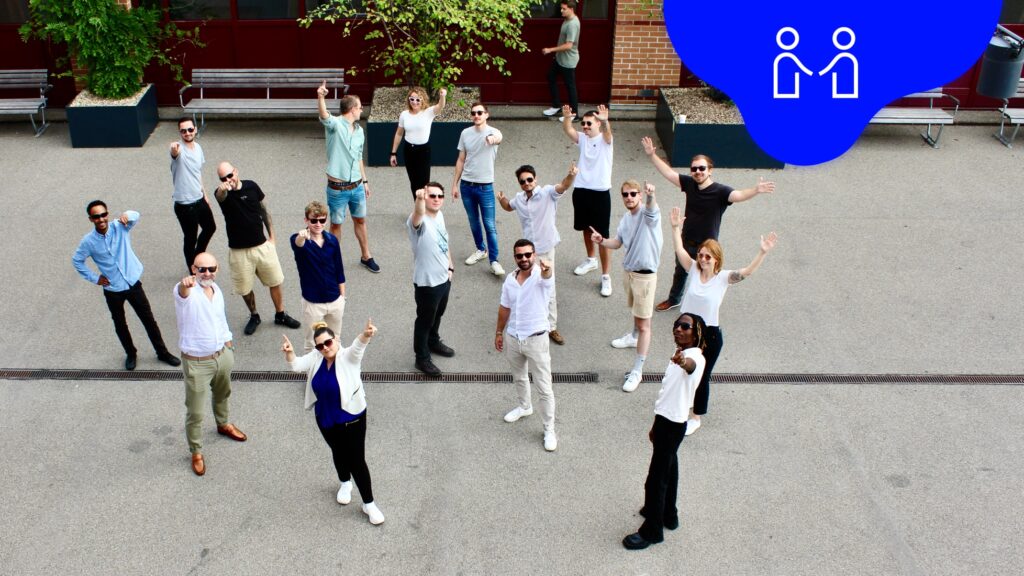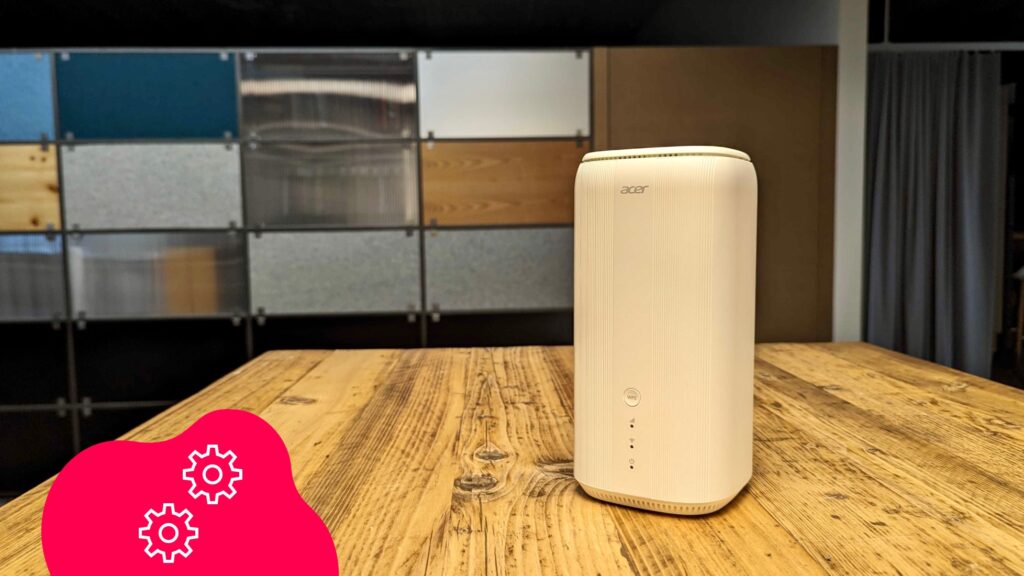Mobile internet for everyone and everything
The eSIM Is the More Sustainable SIM Card
And It Is Not (Only) Due to the Lack of Plastic
We have often said that the eSIM is practical. But when it comes to the question of sustainability, there is a phase of skepticism with every new technology. Is a built-in chip really more sustainable than a SIM card? According to a recent independent study by the Fraunhofer Institute for Reliability and Microintegration, the case is clear: The eSIM has the better eco-balance compared to the SIM card. Another reason to adapt and promote the eSIM as a viable technology for the future. The reasons are just as interesting as the result itself. This much in advance: It is not (only) the plastic.
This Is How It Was Tested
To compare the sustainability of eSIMs and SIM cards, a study was conducted by Fraunhofer IZM to see how they differ over their lifetime. The average service life of smartphones (3 years) and a single user with an active SIM card or eSIM served as the basis for the analysis.
The carbon footprint for each SIM type was calculated and subsequently compared. The study followed international standards for life cycle analysis (ISO 14040/14044) and was reviewed by an external expert panel, which confirmed the results.
The production of the eSIM chipset was not taken into account in the analysis because this is done by the device manufacturers anyway and therefore falls within the production balance of the smartphone and not the SIM.
The SIM Card – Quickly Changed, Quickly Discarded
What should be noted in the analysis is that the assumed life cycle of 3 years is frequently undercut, especially in the highly competitive mobile communications market. Promotional offers, lifetime discounts, and other advertising media lead many people to change their provider every year and thus also their SIM card. Each change then means SIM card production, distribution logistics and disposal of the old SIM card again.
From this perspective, too, the eSIM proves to be the more sustainable alternative. An eSIM profile can be changed, added to, or deactivated within minutes, without having to rely on shipping logistics and physical materials like plastic and packaging. If you then use your smartphone for longer than 3 years, you naturally improve the eco-balance even more.

The eSIM Is More Sustainable – And More Efficient
In the study, the life cycle of the two technologies was divided into two parts: The production and distribution phase and the use and disposal phase. It was found that the conventional SIM card has a carbon footprint of 229 grams during its three-year lifetime, which is 46% more than that of the eSIM, which is 123 grams.
Not surprisingly, the traditional SIM card generates around 60% of its emissions through production and distribution logistics. In the case of the eSIM, only 2% of the emissions are generated in this phase, mainly through computing power and the energy consumption for transmitting the QR code.
There are around 11 million mobile connections in Switzerland, most of which are used with conventional SIM cards. This means that these SIM cards alone are responsible for around 800,000 kilograms of carbon emissions per year if all users use the same SIM card for three years. If all these connections used eSIMs instead, emissions could be reduced to 451,000 kilograms per year.
Digital Republic Continues to Back the eSIM!
In addition to the sustainability aspect, the eSIM offers many other advantages such as greater flexibility, the possibility of avoiding expensive roaming, and activation in less than 5 minutes.
That is why Digital Republic is fully committed to a completely digital offer including eSIM on all tariffs! We also publish regular updates on the eSIM on this blog and via the Digital Republic newsletter. If you want to learn how the eSIM has shaped the mobile market in Switzerland, check out our interview with telecom expert Ralf Beyeler.
Discover Our Other News Articles

What Digital Republic Does Differently…
Anyone who is familiar with cell phone subscriptions will also be familiar with the hype surrounding discounts, minimum contract terms, notice periods and hidden costs. Digital Republic was founded to provide a breath of fresh air in this environment. To achieve this goal, we do some things differently and some things not at all. You can find out what these are and why we are staying true to this course here.

5G Router in Test: The Acer Connect X6E
With the Acer Connect X6E 5G CPE, we have unceremoniously replaced the Acer Predator X5. The reason is clear: With the X6E, Acer has put together even more functionality, an even stronger signal and an even lower sales price in a comparable form factor to create a package that is a great solution for 5G Internet at home or in the office for private individuals or small businesses.

Networked Laptops
If you have to keep a lot of appointments and still don’t want to do without the advantages of a dedicated and secure Internet connection, you can create an attractive all-in-one solution for your backpack with a SIM-enabled notebook. We present two devices and explain why we see SIM-enabled notebooks as the future of mobile working.
